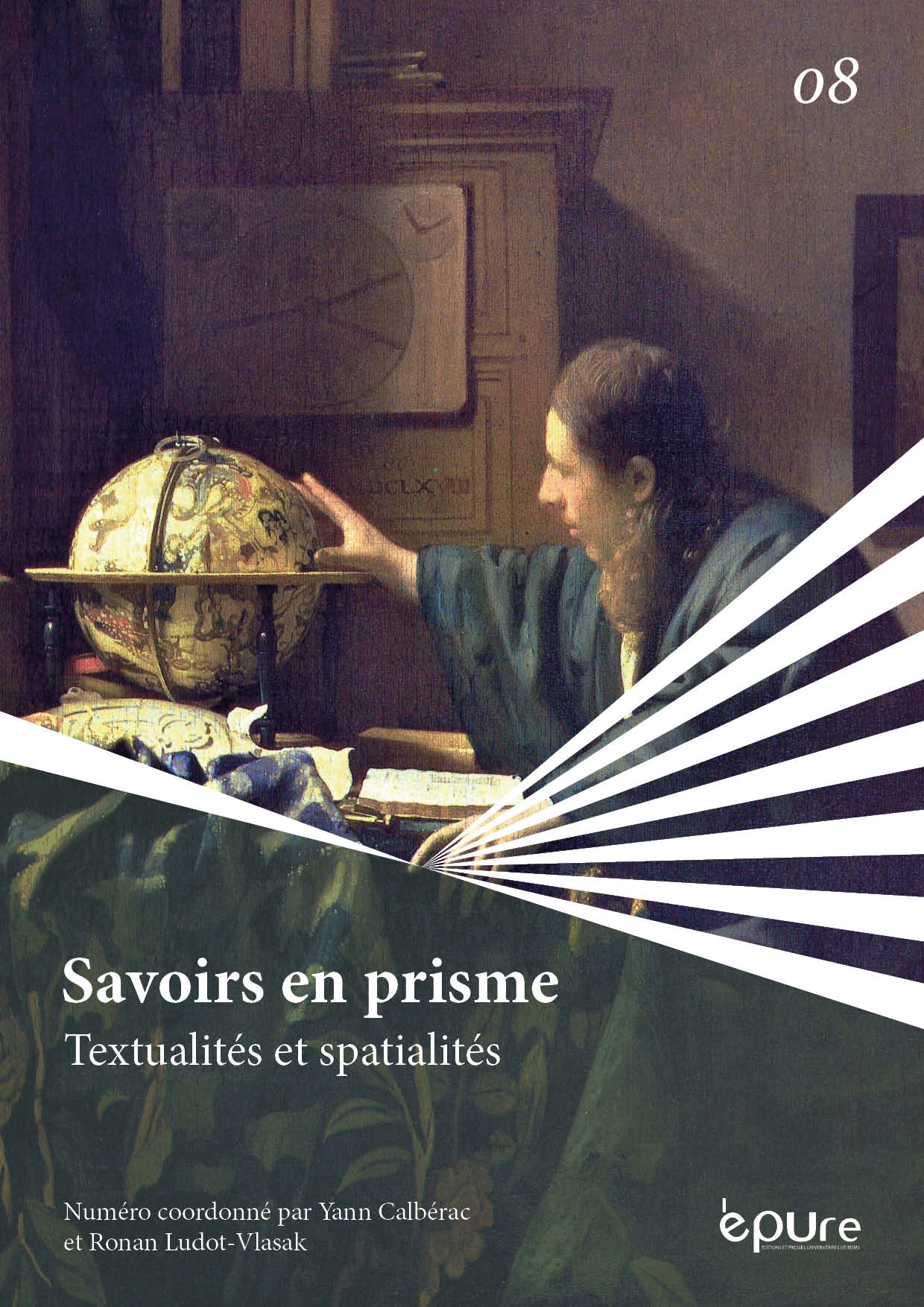« Look for the nul » : Paterson ou la cartographie blanche
Abstract
This article propounds to explore the very long poem Paterson, through the blanks which spangle its surface. If cartography may appear like a tempting paradigm to the critic, all the more so when the author himself establishes a plan for his work or delineates the contours of the New Jersey town the poem centers on, it will not lead to a literal nor to a metaphorical reading. Rather than follow the lines of the poem and the spaces they circumscribe as representations of a place or of the effort to capture it, we will observe what intervals wedge themselves in between the map and the territory it pretends to apprehend, at the risk of simplifying and distorting it. Instead of merely borrowing the geographer’s tools – the cartographer’s white spaces as designating barred, unexplored, non-descript places –, the poem uses them to shape a white cartography – i.e. hollowed out, disjointed, displaced –, opening itself up to what escapes it, inviting us to discover space differently, along more discontinuous lines.
Copyright (c) 2020 Savoirs en prisme

This work is licensed under a Creative Commons Attribution-NonCommercial-ShareAlike 4.0 International License.


